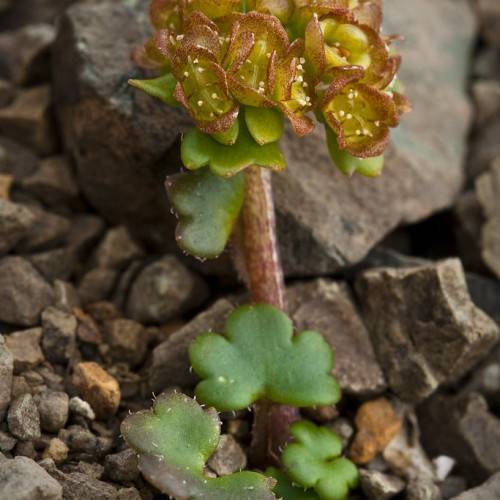
Wright's Golden Saxifrage
Chrysosplenium wrightii
Watering:
Minimal
Hardiness Zone:
Sun:
part shade,full shade
Leaf:
Yes
Growth Rate:
Low
Drought Tolerant:
Yes
Care Level:
Medium
watering
Rosendahl's Golden-Saxifrage (Chrysosplenium rosendahlii) should be watered once a week. Depending on the season and the condition of the soil, this amount may need to be adjusted. During the summer, watered the plant every 7-10 days. During the colder winter months, water the plant every 3-4 weeks. Additionally, it is important to check the moisture level of the soil before watering to ensure that the plant is not overwatered or underwatered.
sunlight
Rosendahl's Golden-Saxifrage is a shade loving plant species, meaning it prospers best in bright indirect sunlight. It will typically need 4-6 hours of bright indirect sunlight per day, with full sun exposure only during the early morning and late afternoon. Furthermore, it requires protection from hot, direct midday sunlight which can scorch its delicate foliage.
pruning
Rosendahl's Golden-Saxifrage should be pruned in late spring or early summer, after the plant is done flowering. Pruning should consist of lightly trimming the stems of the plant, which will encourage the formation of lateral buds, and will create a bushier, more upright appearance for the plant. You should not prune more than a third of the stems, however, to ensure the plant remains healthy. Additionally, any dead, dried or damaged leaves or stems should be removed.
